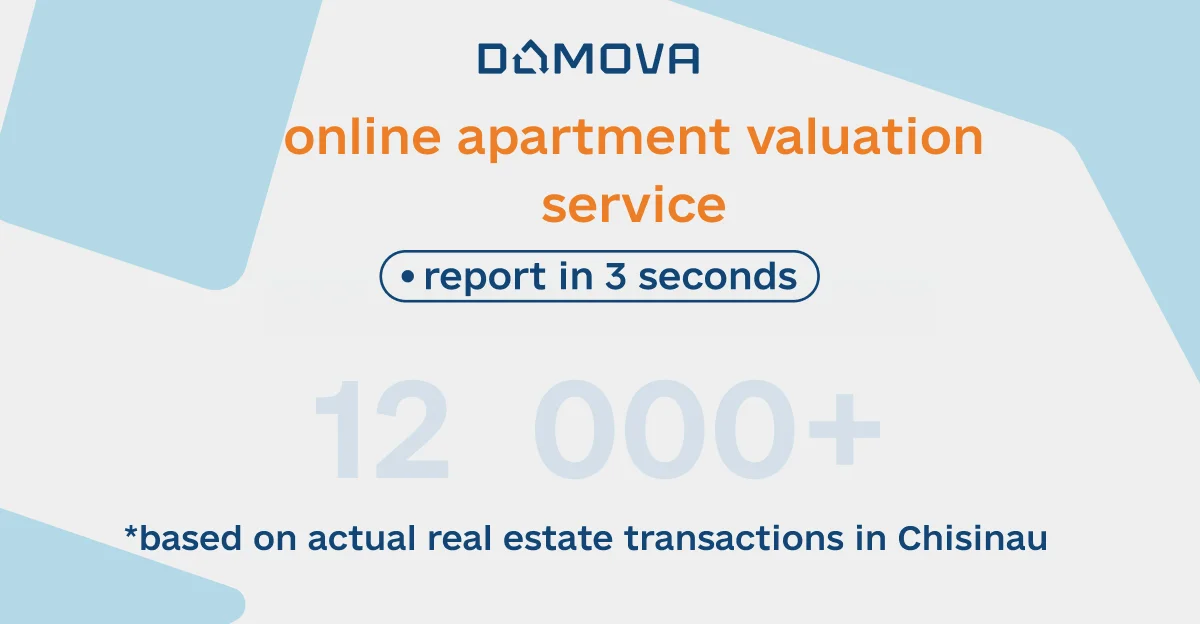If the building is recognized as an emergency – what to do?
What should owners of dilapidated and old housing do if their building is declared emergency and unfit for living? Are there any prospects for selling such housing? The article discusses the action plan and a possible solution to the problem.

Assessment of the degree of emergency: Recognizing the main signs
A clear definition of the concept of obsolete and uninhabitable dwelling is in the Housing Code of Ukraine from 19.11.2022, document 5464-X, namely:
The obsolete housing stock consists of residential buildings up to five stories, excluding individual housing developments, which technically do not meet modern safety and comfort standards, have exceeded their maximum service life, or the wear and tear of the main structural elements is at least 60%.
Uninhabitable houses are residential buildings that, according to legislation, are recognized as emergency or dilapidated.
Exclusion of residential buildings and premises from the housing stock is regulated by the Housing Code of Ukraine.
- Residential buildings and premises deemed uninhabitable are to be repurposed for other uses or demolished by decision of the executive committee of the regional or municipal (cities of republican subordination) council.
- Uninhabitable residential premises in housing and construction cooperatives can be converted into non-residential premises by a decision of the cooperative members’ general meeting, ratified by the executive committee of the district or municipal council.
- The procedure for inspecting the condition of residential buildings to ensure they meet sanitary and technical requirements and to declare buildings and premises uninhabitable is established by the Cabinet of Ministers of Ukraine.
Resolution No. 189 “On the procedure for inspecting the condition of residential buildings to establish their compliance with sanitary and technical requirements and to recognize residential buildings and residential premises as unfit for habitation” sets forth the rules and procedures for inspecting the condition of residential buildings.
The condition of residential buildings is inspected:
- the courtyard of the house and its amenities;
- foundations and basements;
- walls and facade elements (balconies, bay windows, cornices, etc.);
- joint connections in large-panel residential buildings;
- the roof of the house and equipment on it (chimneys and ventilation ducts, etc.);
- elevators and their equipment;
- floors of the residential building, including their structures;
- engineering equipment.
A commission is formed for the inspection, comprising engineering and technical specialists from housing and utility organizations, experts from design and research organizations (if necessary), and representatives of the public.
Based on the inspection materials, the commission prepares relevant documents: an inspection report of the residential building with conclusions, a technical passport of the residential building with data on its physical wear and tear, a conclusion from the design or research organization on the feasibility/impossibility of carrying out major repairs, and also a conclusion from the sanitary-epidemiological service (involved if necessary).
First steps after a building is declared emergency
If a residential building (residential premises) is declared as not meeting sanitary and technical requirements – that is, unfit for habitation – the executive authority of the respective local council submits a proposal to the higher-level executive authority regarding the use of this building (premises) for other purposes or its demolition.
If a building is designated as emergency and unfit for habitation, the residents must contact the owner or entity responsible for the building’s maintenance to inquire about the next steps. Subsequently, the owner or maintenance entity should approach the executive authority of the local council with a request to inspect the residential premises. Based on the application, the executive authority then forms a commission and decides on the feasibility of the building’s continued use or its unsuitability for habitation.
Legal aspects and rights of the owners of emergency buildings
According to the Article 111 of the Housing Code of Ukraine, citizens evicted from an emergency building “are provided with another well-appointed living space by the executive committee of the local council, or in cases where the land plot is allocated to a state, cooperative, or other public association, by that organization.”
In practice, the process is slow. Therefore, people continue to live in emergency buildings for 20, or even 30 years without any offers from local administrations for relocation to safe housing. Selling an apartment in an emergency building is almost impossible, as buying emergency housing is not an attractive real estate investment.
Opportunities for the restoration or reconstruction of an emergency building
According to the State Statistics Service, before the war, 45.6 thousand buildings with a total area of 3.3 million square meters were recognized as dilapidated, housing 54.8 thousand Ukrainians. There were 1.01 million square meters of emergency housing, or 17.2 thousand units of emergency housing, with 11.6 thousand residents living in them. The scale is immense. A comprehensive approach is needed to address this issue. Moreover, the war has further exacerbated this problem, increasing the number of emergency buildings due to shelling.
Discussions about the implementation of reconstruction programs have been ongoing since 2007 when the “Law on Comprehensive Reconstruction of Districts (neighborhoods) of Obsolete Housing Stock” was repeatedly amended but never came into effect. The document explores various approaches to reconstruction, including the complete redevelopment of districts with the replacement of old housing with new and the upgrade of infrastructure, as well as the modernization of existing buildings with improvements to their engineering systems and thermal insulation without increasing the area and relocating residents.
Even when the law finally becomes operative, its implementation will immediately face the problem of relocating residents (neither the state nor local authorities have a flexible housing stock), as well as the issue of financing (the state lacks funds for such a large-scale project). Therefore, the solution to the problem will depend on the business sector and the attraction of private investments.

DOMOVA platform – a solution to the problem of old housing
The Ukrainian company DOMOVA has already taken on the challenge of addressing the problem of emergency housing and the reconstruction of cities by creating a platform for the transparent sale and purchase of dilapidated and emergency houses.
DOMOVA positions itself as the world’s only IT platform that offers apartment owners in old and emergency buildings the opportunity to unite for the collective sale of the entire building. The company provides mechanisms for such unification, offers free submission of sales requests, and attracts investors, and construction companies.
This is a unique offering in the real estate market.
Therefore, we hope for positive changes in the real estate sector and quality reconstruction of cities.
Last News
Ukraine’s housing deficit has reached a historic scale — millions of apartments lost, and new construction covers less than 1 % of needs. Yet within this crisis lies opportunity: old buildings can become a new foundation for recovery through collective action and investment.
We’re executing the Seeds of Bravery grant and have received the Seal of Excellence. This post shares product progress and the impact on scaling.
In September, DOMOVA introduced a free online apartment valuation service in Chișinău. The algorithm, based on 12,000+ transactions, generates a report in 3 seconds with ±5% accuracy, helping homeowners understand the true market value of their property.


